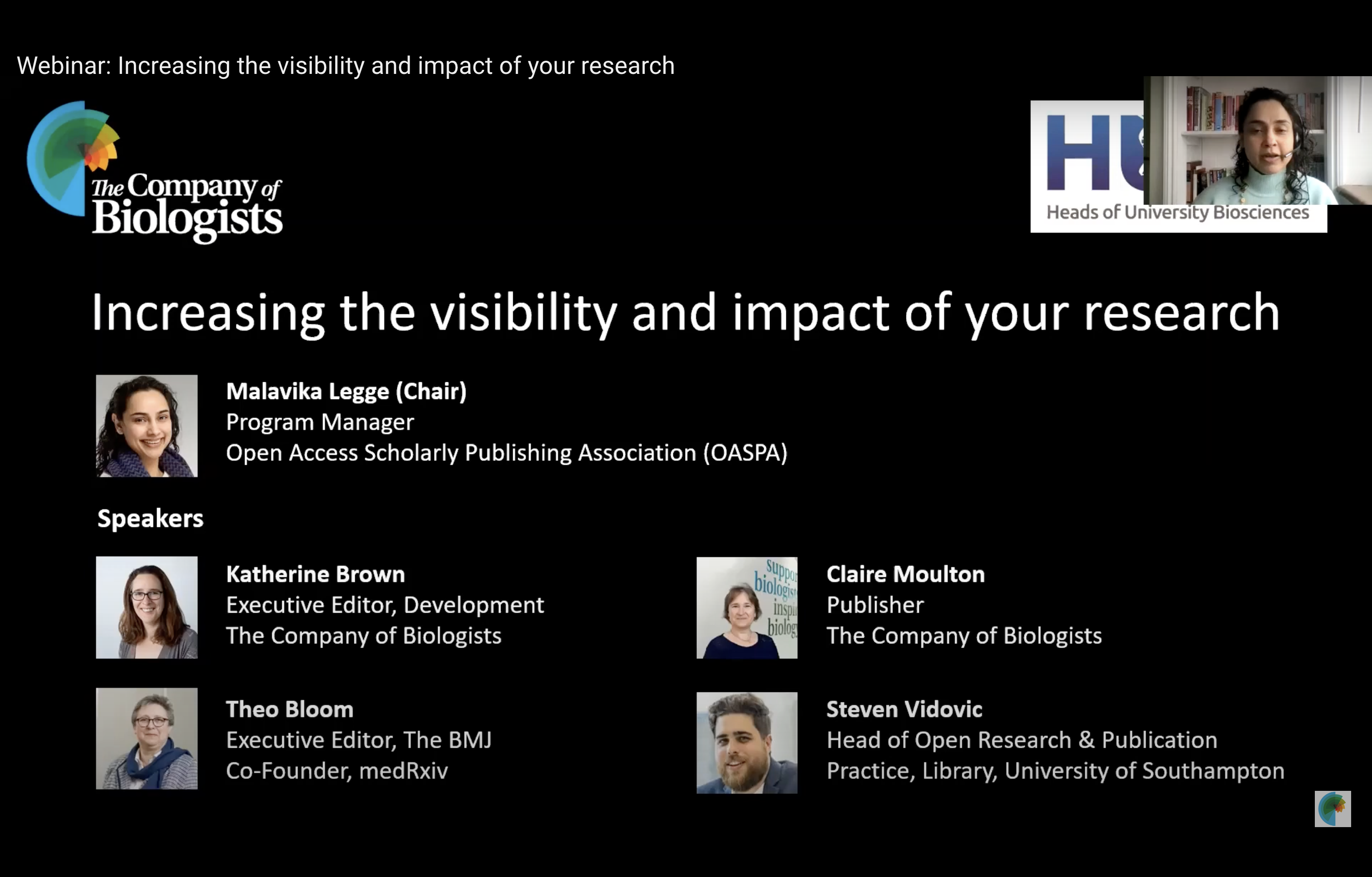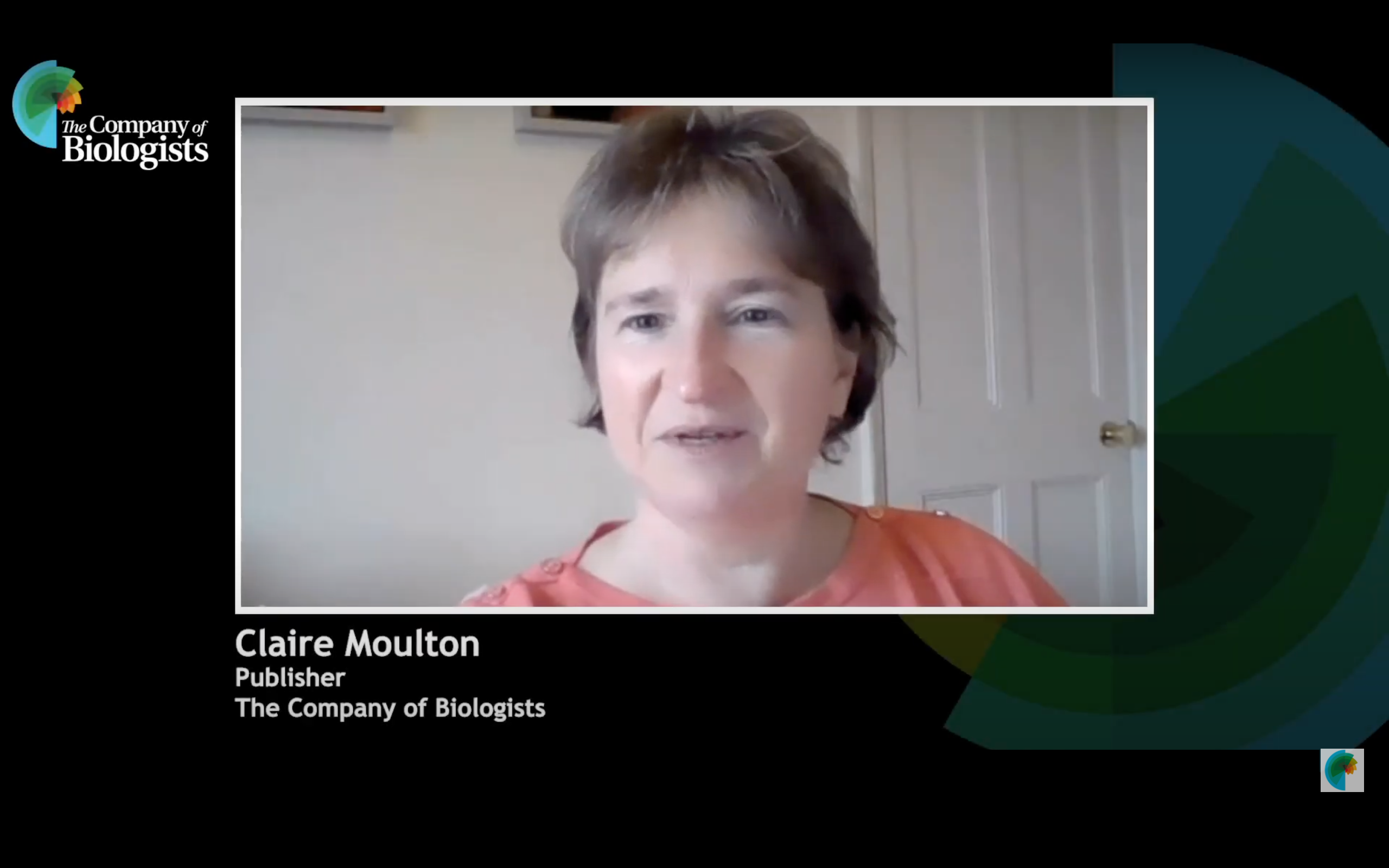Editors-in-Chief on Open Access and Read & Publish
James Briscoe (Editor-in-Chief of Development), Michael Way (Editor-in-Chief of Journal of Cell Scence) and Craig Franklin (Editor-in-Chief of Journal of Experimental Biology) talk about the benefits of Open Access (OA) and how Read & Publish agreements are helping to transform the proportion of OA content in their journals.
Transcript
James Briscoe: Hello, my name is James Briscoe.
Michael Way: My name is Michael Way.
Craig Franklin: I'm Craig Franklin.
Michael Way: There is nothing more frustrating when you want to read some scientific work, and you don't have access to the journal.
Craig Franklin: Open Access allows us to share our science, to share our discoveries and to have global reach.
James Briscoe: Open Access articles receive at least twice the usage as our non-Open Access articles.
Craig Franklin: And for JEB, we have such quirky fun stories to share, that Open Access can open doors.
Michael Way: The Read & Publish initiative by The Company of Biologists is a wonderful deal.
James Briscoe: As there are no Open Access fees to pay, more and more of our authors are able to publish Open Access.
James Briscoe: And the proportion of Open Access content in our journal has been increasing fast.
Michael Way: It's wonderful for junior group leaders who may not have much research funds.
Craig Franklin: They can get their science out there, and share it, not only with their fellow students and colleagues, but to the general public.
Michael Way: It's also helping the wider community because it means authors can publish multiple papers with us.
James Briscoe: As we grow Open Access in the journal, we're seeing benefits for readers and for authors, and this can only be good for science.
Michael Way: I hope that more universities and institutes sign up to The Company of Biologists Read & Publish initiative because this will allow their researchers to get their message out in Open Access to the wider community.










